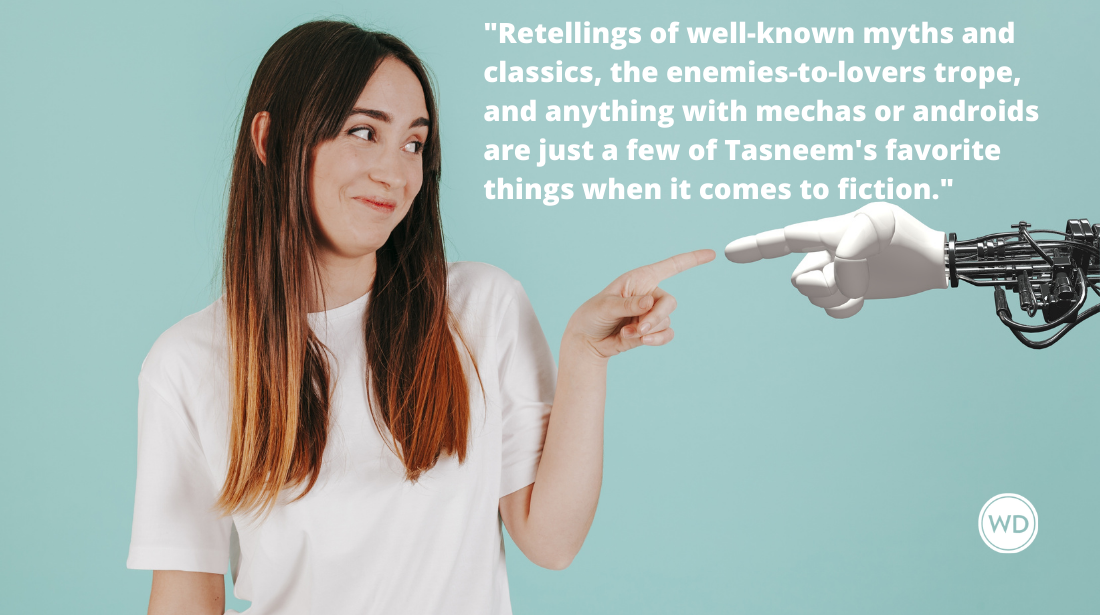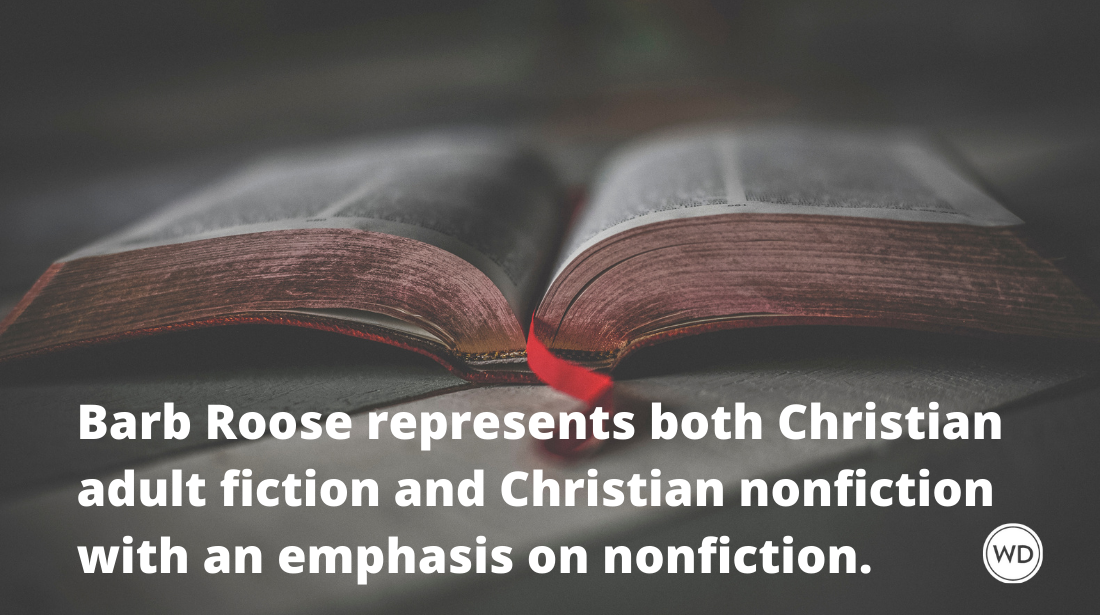How to Write Historical Fiction: 7 Tips on Accuracy and Authenticity
Susanna Calkins, author of the 2013 debut novel A Murder at Rosamund’s Gate, shares advice for writing about historical fiction.
There’s a funny sort of tension that occurs when writing historical fiction: Is it possible to achieve total historical accuracy while still telling a great story? Can’t one do both? Well, as much as I hate to admit it, I’m not so sure.
Full disclosure. I have a Ph.D. in early modern English history, the period in which I set my historical mysteries, A Murder at Rosamund’s Gate and From the Charred Remains. So as a historian-turned-novelist, I’ve thought a lot about how to craft a work of historical fiction. I’ve certainly made some mistakes along the way, and made some surprising discoveries as well.
When I was first dreaming about my story, even before I had worked out the plot or characters, I knew one thing for sure: By gum, this novel would be accurate. Every detail, every word, would be accurate. Historians everywhere would use my book in their classes and would revel in my accurate tale.
That idea lasted about two seconds.
Not only would using accurate language make my story unnecessarily pedantic and cumbersome, but many seventeenth-century words and phrases don't translate readily today. Certainly, I could say, “The footpad bit the Roger, tipped the cole to Adam Tyler, and then took it to a stauling ken.” But I have a feeling modern readers might not understand that I was saying that a thief has stolen a bag, passed it to a fence, who in turn sold it to a house that receives stolen goods. Unless my editor let me write a companion volume with glossary and explanatory footnotes, this isn’t too feasible.
Moreover, and maybe more importantly, I realized that if I were strictly true to the time period, my characters might be a little—well—dull. My protagonist is a servant, and if I made her typical of her gender and station, she might have felt too inhibited to save her brother from being wrongfully hanged for murder—the entire premise of Rosamund’s Gate.
These are some lessons I’ve learned, in that balance of authenticity and accuracy.
How to Write Historical Fiction: 7 Tips on Accuracy and Authenticity
1. Have fun with the research, but do your homework.
This should go without saying, but I’ll say it anyway. Borrow some good reference books. Become comfortable with the time period. Try to understand both the larger scope of the period, while examining aspects of daily life. This will help create an authentic backdrop for your novel.
IndieBound | Bookshop | Amazon
[WD uses affiliate links.]
2. Let the characters engage with the historical details.
This goes along with that “show don’t tell” truism writers are told all the time. Rather than just dumping a bunch of facts on the poor reader, let your characters interact with these details with all these senses. Let them smell the offal dumped onto the cobblestone streets. Let them squint in the fading light of the tallow candles. Let them feel the tingling sensation as the physician places a leech on their bare skin.
3. Allow your characters to question and explore their place in society.
This will help reveal the larger political, social, cultural context of the time. What were the expectations for women? For sailors? For criminals? How did people from different parts of society interact with one another?
4. Use the internet wisely, to inspire and inform.
The internet can be a researcher’s best friend, especially for armchair time travelers. Need to know how long it would take to walk from the Louvre to the Eiffel tower? Use the walking feature on mapquest. Need to see the inside of the Hagia Sophia? Check the dozens of tourist videos on YouTube. Sometimes I’m amazed by what the internet can’t answer. Certainly, the internet is a treasure trove of interactive maps, images, videos, and historical documents, which can be both informative and inspiring.
5. The internet can be bad, bad, bad for historical research.
Unfortunately, the internet is also full of flawed information, lies, plagiarized material, and half-truths. (I’m looking at you, Wikipedia! Which I do use, but cautiously). Check all “facts” against at least two sources when possible. If a story or definition is repeated nearly verbatim in more than one source, there’s a good chance someone simply copied the information without verifying the accuracy. This is how a lot of bad information gets passed along and taken as “true.”
6. Don’t fret the details; let the story be told.
Strive for accuracy, but when necessary, make your best-informed guess and move on. And if you have to fudge something, well, that’s what the ‘historical note’ at the end of your novel is for!
7. Love the process, because readers will still find errors.
And they’ll let you know about them. It doesn’t matter if those errors happened in the editing process (as several of mine did. I collapsed some scenes together, and voila! A perfect recipe for timeline and geography mistakes). You can triple-check facts, hire copy editors and proofreaders, scrutinize every word for inconsistencies and mistakes, and I guarantee something will still slip by. At that point, you just have to laugh, thank your reader and move on.
But what do you think? How do you balance historical authenticity and historical accuracy as you tell your story?
Susanna Calkins is the author of Murder Knocks Twice and the award-winning Lucy Campion series, holds a Ph.D. in history, and teaches at the college level. Her historical mysteries have been nominated for the Mary Higgins Clark and Agatha awards, among many others, and The Masque of a Murderer received a Macavity. Originally from Philadelphia, Calkins now lives in the Chicago area with her husband and two sons. Visit her at susannacalkins.com.






